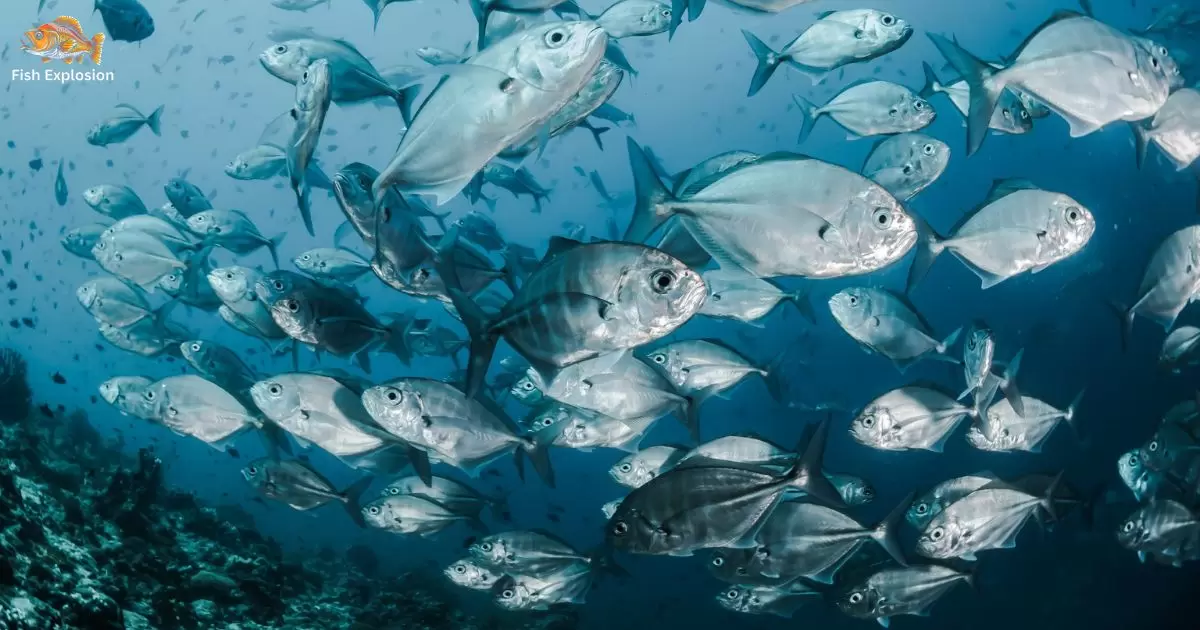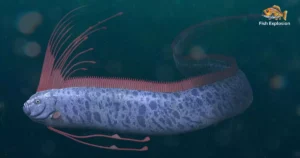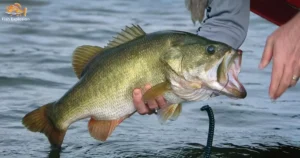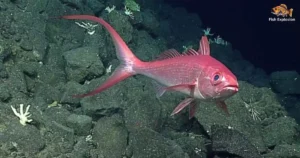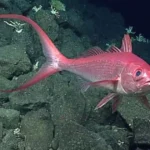The diversity of fish species found in our oceans and freshwater is truly astounding. While estimates vary, scientists believe there are over 33,000 known species of fish that inhabit the vast waters of the Earth, from the deepest ocean trenches to rivers, streams, lakes, and ponds. It’s a number that is constantly being revised as new discoveries are made each year, highlighting how little is still understood about the incredible biodiversity that exists beneath the surface. With so many fish populating waters all over the globe, it begs the question – exactly how many individual fish are there in total? Getting an accurate estimate of global fish populations is vital for effectively managing fisheries and protecting vulnerable species, but the enormous scope of our aquatic domains makes a precise figure extremely challenging to determine.
Read More: “7 Bottom Feeder Fish for Small Aquariums”
The Richness of Aquatic Life
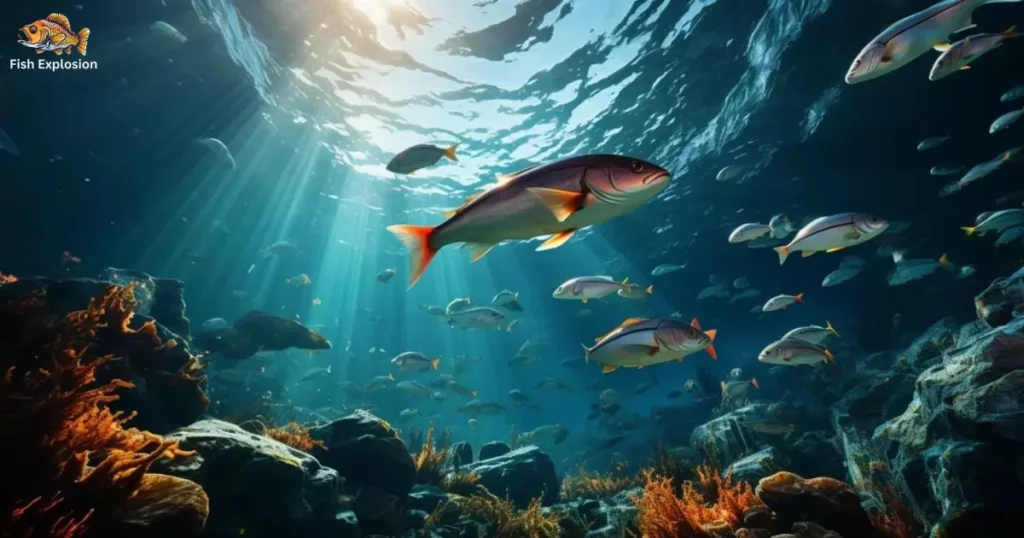
The richness of aquatic life that exists within our oceans and waterways never ceases to astound scientists and nature lovers alike. From the colorful coral reefs teeming with clownfish and sea turtles, to the mysterious deep sea vents populated by giant tube worms and translucent squid, to the piranha-filled streams of the Amazon rainforest, our waters harbor an immense diversity of species.
It’s estimated that aquatic ecosystems are home to over 50% of all described animal species on Earth. This includes not just the over 30,000 recognized fish species, but also countless invertebrates like mollusks, crustaceans, and echinoderms.
Add to that the rich plankton communities, aquatic plants and marine mammals like whales, dolphins, and seals, and the overall abundance of life within oceans and freshwater environments is truly spectacular. It is a testament to the genius of evolution that so many diverse creatures have adapted to every possible aquatic niche across our blue planet.
Freshwater Fish
Found in rivers, lakes, and streams, freshwater fish inhabit some of the most fertile aquatic ecosystems. Carp, trout, salmon, and catfish are some common varieties swimming in freshwater.
They face threats from pollution and habitat loss affecting water quality. Conservation efforts aim to preserve these important freshwater communities.
Marine Fish
Living their lives in salty sea environs, marine fish thrive in oceans around the globe. Tuna, cod, flounder, and reef fish contribute to ocean biodiversity. They support commercial and recreational fisheries that supply protein to populations.
Changes in climate and ocean acidification pose challenges to marine species survival in coastal and open waters.
Challenges in Estimating Fish Numbers
- Vast scope and size of oceans/waterways make full survey impossible.
- Fish inhabit all depths from surface to deepest ocean trenches.
- Various fish populations depend on species and location.
- Natural fluctuations in fish numbers in response to environment.
- Some fish migrate over large distances across boundaries.
- Much of ocean remains unexplored and unmapped territory.
- Counting relies primarily on limited localized assessments.
- Dynamic nature of fish populations makes it difficult to track over time.
- Huge resource requirements to comprehensively monitor globally.
- Uncertainty introduced by unseen and undiscovered fish species.
Conservation Implications of How Many Fish
Having accurate counts of global fish populations is important for effective fisheries management and conservation efforts. Knowing approximate baselines can help identify overfishing issues and vulnerable stocks before they decline to dangerous levels.
It also allows scientists to project how populations may be impacted under different environmental conditions or fishing pressure scenarios. Overestimates could lead to overfishing problems if catch limits are set too high. Underestimates risk neglecting the conservation needs of populations that may be smaller than thought.
Precise numbers are impossible, but continued research helps narrow uncertainty ranges. International cooperation on monitoring, data sharing, and ecosystem-based approaches aids in sustainably managing shared resources despite enumeration challenges.
Overall, estimating the incredible abundance of fish in our oceans and waters, even imprecisely, provides valuable insights to help preserve this bountiful natural heritage for future generations.
What is the average Ocean Temperature?

The average temperature of the world’s oceans is quite temperate, hovering around 12-15 degrees Celsius or 54-59 degrees Fahrenheit. This moderate average masks huge variations in temperature both between oceans and at different depths within them. Polar seas remain frozen for much of the year, with waters below 0 degrees Celsius.
Tropical regions regularly exceed 25 degrees Celsius near the surface. Deeper zones remain ice cold perpetually in some spots. Seasons also influence temperatures near shorelines and continental shelves. Climate change is causing the ocean to absorb over 90% of the excess heat trapped in the atmosphere, increasing the average temperature of coastal waters.
Precise long-term measurements are helping scientists track warming trends across the global ocean.
How many Fish are in the ocean in 2023?
The total number of fish swimming in the world’s oceans today is estimated to be around 200 trillion. This staggering figure represents an immense biomass that plays a crucial role in marine ecosystems.
However, overfishing and human impacts have reduced some populations, threatening ocean biodiversity. Sustainable management practices are needed to protect these valuable resources for future generations.
FAQ’s
How many fish are in the oceans?
It is estimated that there are around 200 trillion fish in the oceans.
How many fish live in freshwater?
Freshwater ecosystems are home to an estimated 25 billion fish.
How many fish exist?
Current estimates suggest the total number of fish on Earth is approximately 500 trillion.
How many fish are still in the world?
Fortunately, despite threats, large populations of numerous species ensure fish remain abundant globally.
Conclusion
The vast diversity of life within our oceans, rivers, and lakes is truly awe-inspiring. From the colorful coral reefs to the mysterious deep-sea vents, aquatic environments harbor an incredible array of species – over 50% of all known animal life on Earth. This includes over 30,000 recognized fish species, as well as countless invertebrates, plankton, aquatic plants, and marine mammals.
The genius of evolution has adapted these creatures to thrive in every possible aquatic niche, creating a spectacular abundance of life in our blue planet’s waters.
However, many of these aquatic ecosystems face serious threats from pollution, habitat loss, overfishing, and climate change. Accurately estimating global fish populations remains a challenge, but is crucial for effective conservation and sustainable management.
Preserving this natural underwater heritage for future generations will require international cooperation and concerted efforts to protect the richness of our aquatic life. The wonders of these water-based worlds deserve to be safeguarded.
With three years of dedicated expertise in the niche of fish, my domain knowledge encompasses breeding, habitat maintenance, health management, and sustainable aquaculture practices, ensuring optimal outcomes in the aquatic realm.
